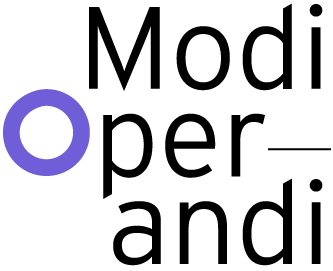SPACES, POETICS, AND VOIDS
In this paper, the term ‘void’ is understood as either an absence circumscribed by a boundary or a discrete area typified by disclosed, overlapping signs and traces. In the former case, the void constitutes an undefined, empty and disconnected otherness; in the latter, the void is recognised as an irrational superposition of fragments open to interpretation and inseparable from the formal development of its accommodating structure. By referring to the work of Fontana and Matta-Clark, it is argued that the void as a technique always involves the action of cutting. Additionally, as in Pasolini’s literary interpretation of cinematography, which by framing and sequencing offers a twofold interpretation of reality, the architectural project interprets the city (as void) and synthesises the fragmentary elements of its language into a readable representation (of reality) by achieving formal compositions. The concepts of void, framing and sequence thus acquire a specific value in reference to the spatial narration and its formal outcome.
Keywords: void, narration, borders, traces, framing, sequence
